In 2000, I transferred the species to a new genus, Chisosa, which I thought belonged to Ninetinae. Later I tended to see Chisosa as a miniaturized member of Arteminae, but without molecular data the evidence for this was weak. Therefore, I needed fresh specimens.
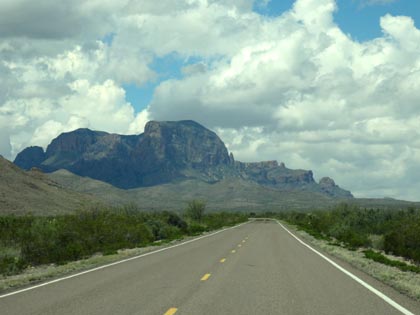
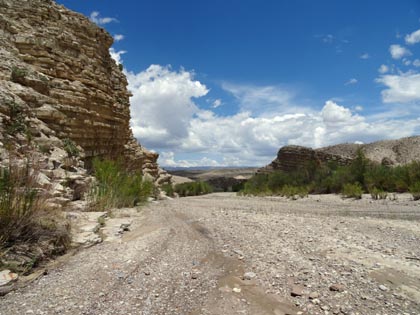
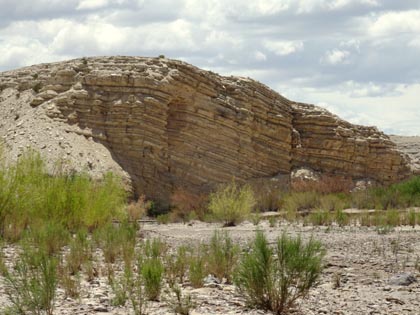
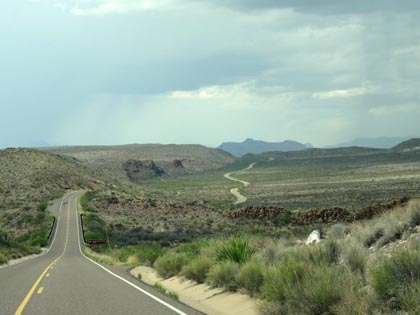
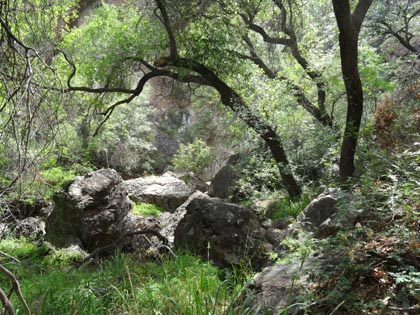
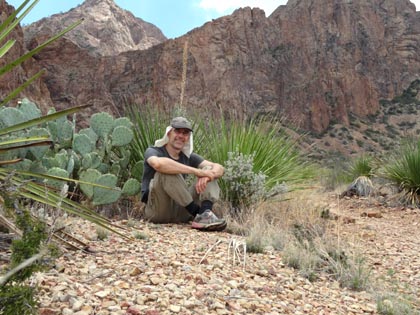
Most of Big Bend National Park is dry shrubland, but a few places up in the mountains contain small pockets of oak forest with running water.
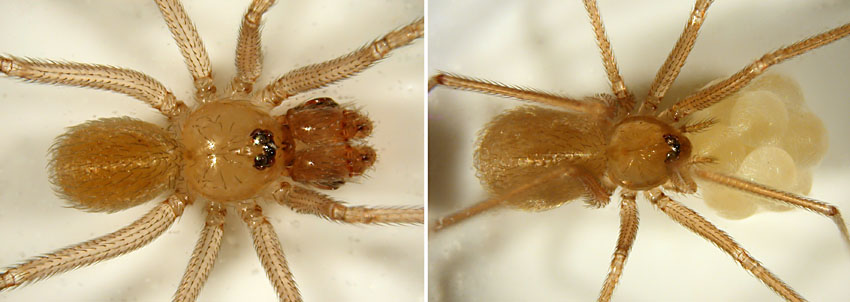
These are two of the first and only existing photos of Chisosa diluta. They may not be perfect, but the spider has a body length of just 1.5 mm. We have since sequenced the species and confirmed my suspicion that it is a miniaturized member of Arteminae rather than a Ninetinae (Eberle et al. 2018; Huber et al. 2018). Based on this and other material, we also published a revision of Chisosa (Huber et al. 2024).
Apart from Chisosa, I found some other nice surprises: below on the left is the first representatives of the genera Metagonia in the USA. Metagonia was previously thought to have its northern limits in Mexico, and Big Bend N.P. extends the distribution by over 400 km. On the right is a tiny Modisimus, representing a species group that is species-rich in Mexico but has never been found in the USA.
